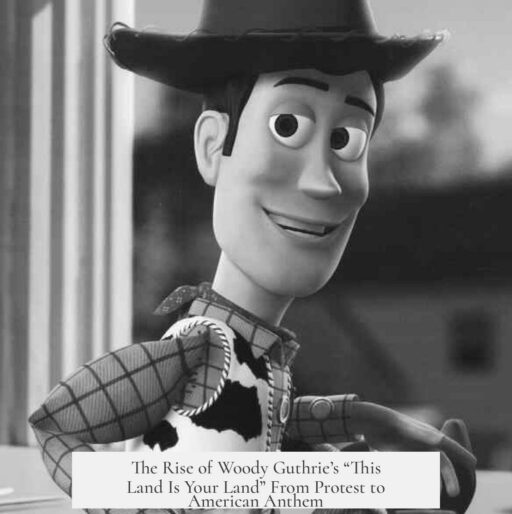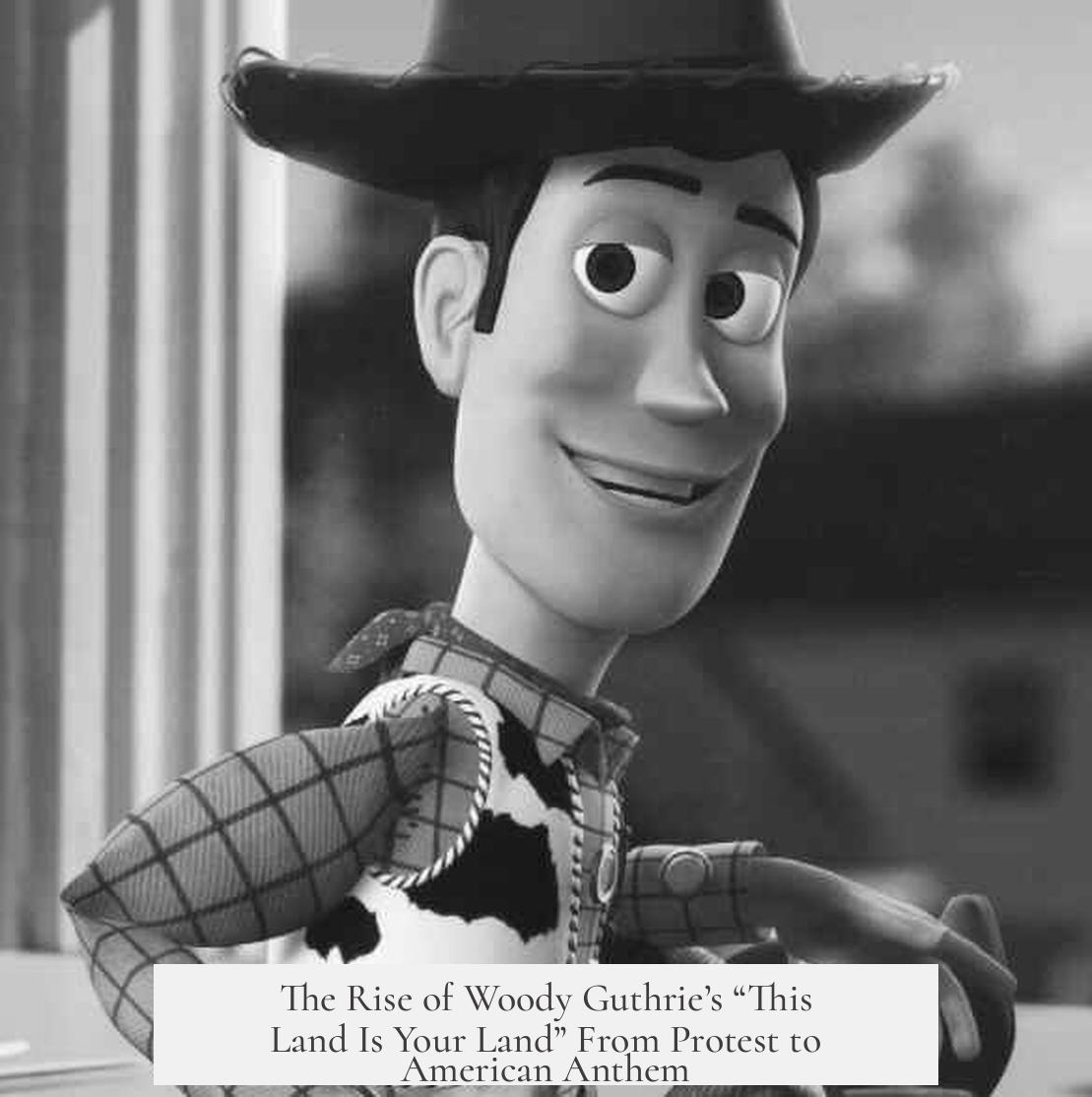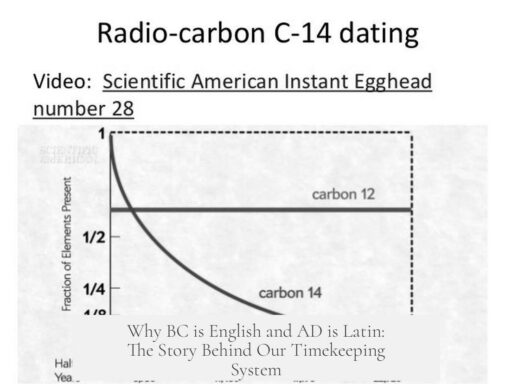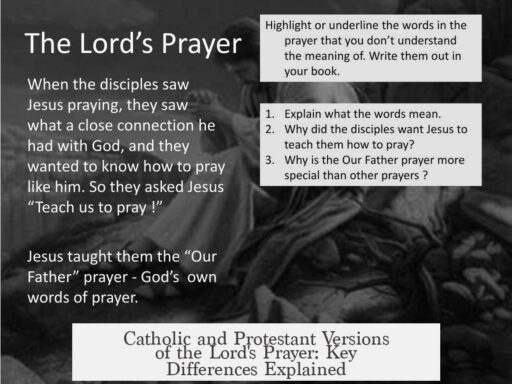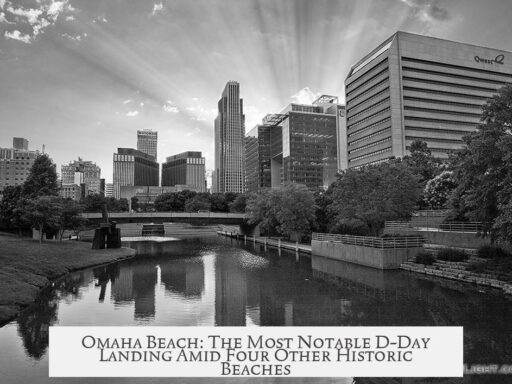Woody Guthrie’s song ‘This Land Is Your Land’ becomes ubiquitous through a series of cultural shifts, influential performances, and folk revival movements spanning from the 1940s to the 1960s.
Guthrie wrote the song on February 23, 1940, initially titling it ‘God Blessed America’ as a response to Irving Berlin’s popular ‘God Bless America.’ Its refrain originally read “God blessed America for me,” but later changed to “this land was made for you and me.” Despite its strong message, Guthrie did not release the song widely at first. A 1944 recording at Moses Asch’s New York studio remained unreleased due to Asch’s large catalog of recordings. Guthrie’s performances on radio, especially on WNYC’s American Music Festival in 1945 and later on WNEW, introduced the song to audiences, as Guthrie used it as the theme for his radio show. However, his subsequent drafting into the U.S. Army and personal struggles limited the song’s early reach and popularity during the 1940s.
In the 1950s, the song gained new life through the efforts of Guthrie’s friend Pete Seeger and the folk band The Weavers. The Weavers’ success with Guthrie’s song ‘So Long, It’s Been Good To Know You’ renewed interest in his work. Moses Asch finally released ‘This Land Is Your Land’ on a Folkways Records children’s album in 1951, recognizing the emerging baby boomer market for children’s music. Despite Guthrie’s 1954 hospitalization with Huntington’s disease, the song’s dissemination continued through other channels.
Pete Seeger shifted to engaging children at summer camps in the Northwest and used ‘This Land Is Your Land’ frequently, teaching it as an accessible, inclusive folk song. At the same time, the song’s publisher offered the song at a low fee for inclusion in educational textbooks, which further spread its popularity among schoolchildren. The lyrics and music’s publication in Sing Out! magazine in 1954 coincided with the burgeoning New York folk revival. Woody Guthrie’s son, Arlo, recounts hearing children sing the song unknowingly attributing it to his father, illustrating its penetration in popular culture. In 1956, The Weavers held a tribute night for Guthrie, featuring ‘This Land Is Your Land’ as the encore and releasing it as a single. Seeger adopted the song as a concert closer, further embedding it in the folk tradition.
During the late 1950s and 1960s, the folk music revival made the song widely popular and nearly ubiquitous. The folk counterculture embraced it due to its straightforward melody, broad appeal, and association with Guthrie as a significant folk figure. Major folk acts like The Kingston Trio, Peter, Paul and Mary, Harry Belafonte, and Odetta recorded their versions. Bob Dylan and Ramblin’ Jack Elliott, known for their connections to Guthrie’s style, also contributed popular renditions. The song became a staple in both folk music circles and American popular culture long before Pete Seeger’s single featuring Big Bird was released in 1976.
| Key Period | Events and Impact |
|---|---|
| 1940s | Song written; recorded but unreleased; radio performances gain initial notice; limited spread due to Guthrie’s military service and struggles. |
| 1950s | Folk revival gains momentum; The Weavers’ success renews interest; song released on children’s album; Pete Seeger promotes song at camps; published in textbooks and folk magazines. |
| Late 1950s–60s | Folk counterculture embraces song; major artists cover it; becomes standard American folk anthem. |
- The song’s initial invisibility gave way to steady growth via radio and live folk performances.
- Pete Seeger’s role in teaching and performing the song was crucial in spreading it among children and folk audiences.
- Publishing the song cheaply in textbooks ensured widespread educational use and cultural familiarity.
- Covers by prominent 1950s–60s folk artists cemented its status as an American folk standard.
‘This Land Is Your Land’ became ubiquitous because it connects deeply with American cultural identity, was championed by influential folk musicians, and spread through education and performances during the folk revival era.
How Did Woody Guthrie’s “This Land Is Your Land” Become So Ubiquitous?
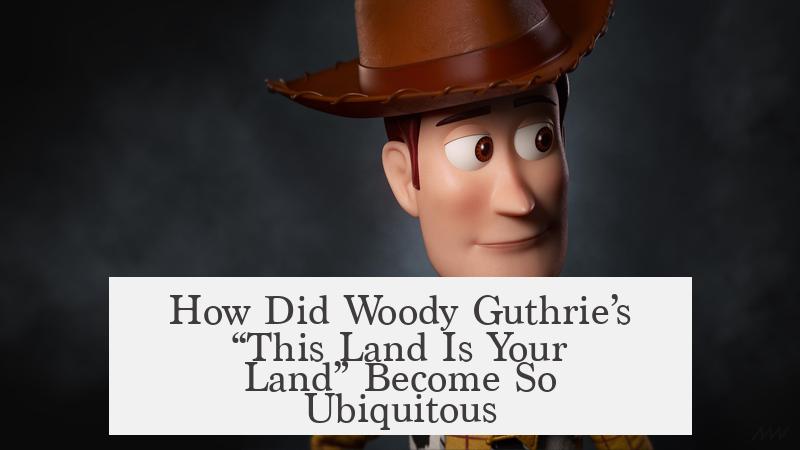
The journey of Woody Guthrie’s “This Land Is Your Land” from its quiet beginnings to becoming an American folk anthem is far from straightforward. The song did not explode onto the scene right after it was written in 1940. Instead, its path to ubiquity is paved with periods of obscurity, revival, and cultural shifts.
Ever wonder how a song that started as a rebuttal to a popular tune ended up being a staple across American classrooms, campfires, and protests? Let’s unpack this fascinating story.
Origins: A Song Born from Protest, Yet Initially Overlooked
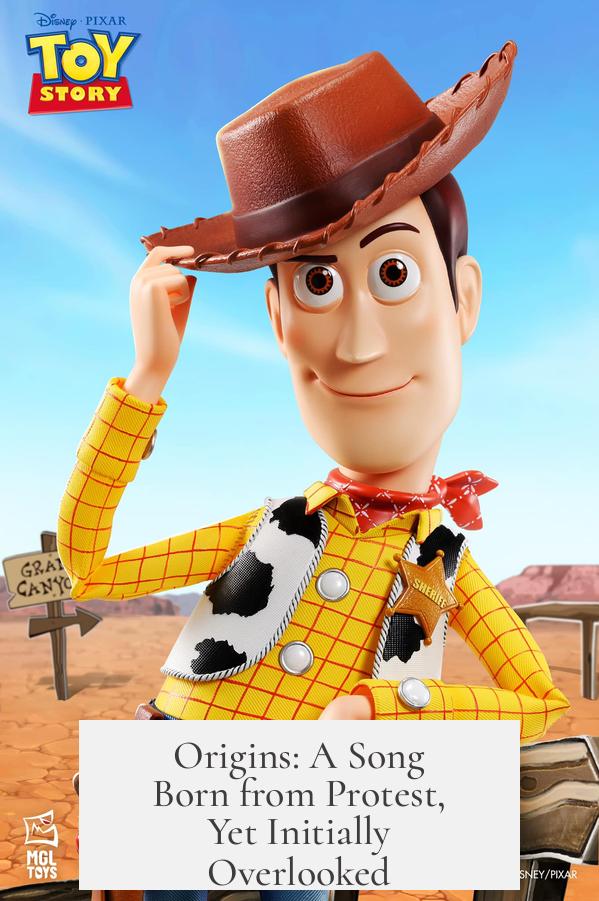
“This Land Is Your Land” was penned by Guthrie on February 23, 1940. It was a direct response to Irving Berlin’s “God Bless America,” famously sung by Kate Smith. Guthrie’s original title was the cheeky “God Blessed America”, with the refrain “God blessed America for me.” Later, he wisely switched the refrain to the more inclusive and inviting phrase, “this land was made for you and me.”
Despite this, Guthrie didn’t rush to capitalize on the song’s release. It wasn’t until April 1944 that he recorded it at Moses Asch’s studio in New York. But here’s a kicker: Asch’s label was already packed with material. “This Land Is Your Land” was just one more track in an overflowing catalog and remained unreleased. Essentially, it was the underdog in an era bursting with new recordings.
Guthrie’s opportunity came through radio rather than records. In early 1945, he performed the song on WNYC’s American Music Festival. The live airwaves proved vital; it got him a slot on another radio station, WNEW, where the song became the theme. Guthrie would open and close each show with it, planting seeds in listeners’ ears.
Then life threw a curveball. Guthrie was drafted into the US Army on May 7, 1945, coinciding with Nazi Germany’s surrender. The late 1940s turned into a challenging period for him, and “This Land Is Your Land” remained largely quiet during these years.
The 1950s Revival: Seeds of Popularity and Cultural Rebirth
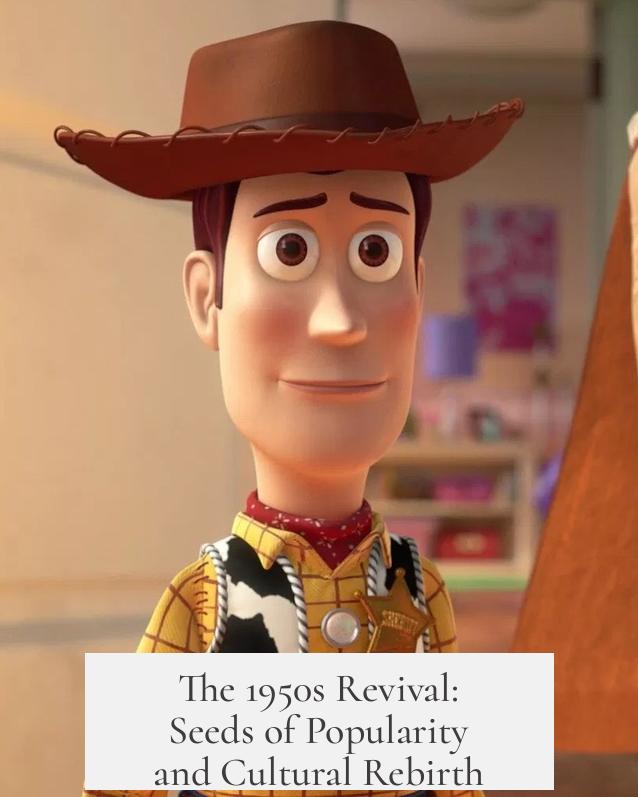
Then came the 1950s, a decade of revival for Guthrie’s work. The turning point began thanks to Pete Seeger and his band, The Weavers. Seeger had been a friend and advocate of Guthrie’s songwriting all along. The Weavers exploded on the music scene, and their 1950 release of “So Long, It’s Been Good to Know You” shot to number 4 on the charts. This success sparked newfound interest in Guthrie’s catalog.
Moses Asch, perhaps sensing the revival, dusted off “This Land Is Your Land” and released it on a 10-inch album, Songs To Grow On, in 1951. Interestingly, Asch marketed Guthrie especially as a children’s songwriter. This wasn’t a bad branding move: the baby boom generation was creating a booming market for children’s music.
But tragedy struck. Only three years later, Guthrie was hospitalized with Huntington’s disease at just 42. That knocked him out of the spotlight, meaning he wasn’t around to champion his most famous song himself anymore.
So who kept the song alive? Enter Pete Seeger again, now blacklisted from mainstream entertainment due to political suspicions. Seeger turned to performing at children’s camps in the Northwest, where “This Land Is Your Land” became a beloved, staple sing-along. The song’s accessibility and inclusiveness made it a perfect fit for kids.
A crucial factor in the song’s ubiquity was its presence in textbooks. Guthrie’s music publisher, Richmond TRO, offered the song cheaply for use in children’s textbooks. This made it easy for schools to include “This Land Is Your Land” in music education, helping it slip organically into American cultural memory.
Meanwhile, in 1954, the folk-specific magazine Sing Out! published the lyrics and music, coinciding perfectly with the rise of the folk revival in New York City, further cementing the song in music circles.
Even Woody’s son, Arlo Guthrie, recalled the surreal moment of entering school and hearing kids belting out his father’s song, mostly unaware who the creator was. In 1955, The Weavers reunited for a Guthrie tribute concert, crowning “This Land” as the encore. They released it as a single, while Seeger sealed his bond with the song by closing his own concerts with it for decades.
The Folk Revival of the 1960s: From Campfire Hit to National Anthem
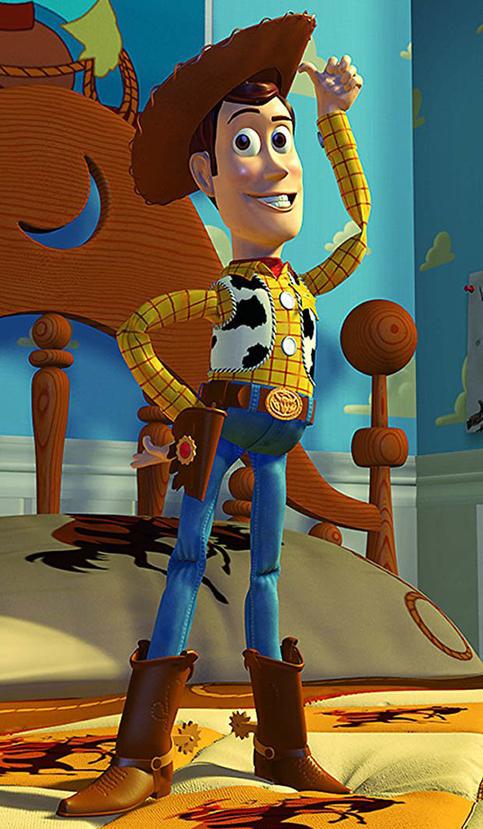
The late 1950s and early 1960s saw America rediscover folk music, fueled by a counterculture hungry for authentic voices and social messages. “This Land Is Your Land” fit perfectly into this zeitgeist. Its simple melody and inclusive message made it easy to learn and share.
Since many children already knew the song from school or summer camps, it was easy for folk groups and solo artists to add their versions without starting from scratch. This facilitated a wave of recordings by iconic artists of the era, including The Kingston Trio, Peter Paul & Mary, Cisco Houston, Trini Lopez, The New Christy Minstrels, Harry Belafonte, Odetta, and, of course, Bob Dylan, who is often called the ‘second-best Woody Guthrie imitator.’ For the record, Ramblin’ Jack Elliott claims the top spot.
Before Pete Seeger even released his famous 1976 single featuring Big Bird from Sesame Street, “This Land Is Your Land” was already ubiquitous in the American musical landscape. Its integration into the folk revival, children’s repertoire, education, and political movements made it a timeless anthem.
Why Exactly Did This Land Become Everywhere?
- It wasn’t an instant hit. The song smoldered quietly for years, gaining momentum piece by piece.
- Radio performance mattered. Guthrie’s live radio shows in the 1940s gave the song early exposure when records were less dominant.
- The baby boomers boosted its profile. By entering school textbooks and kids’ camps, the song became embedded in childhood.
- The concept of “folk authenticity” helped. The song’s inclusivity and catchiness attracted folk revival stars who helped spread it further.
- The timing was perfect. The growing folk counterculture aligned with the song’s ideals during the civil rights era and beyond.
Practical Takeaways for Aspiring Songwriters and Cultural Historians
Guthrie’s story teaches us that patience and cultural context matter. Your masterpiece might not be an overnight sensation. It might need the right social moment, advocates, and channels to really take flight.
If you’re a songwriter, consider where your work could fit beyond traditional commercial outlets. Could schools, camps, community groups, or niche magazines be your starting points?
For historians, “This Land Is Your Land” is a perfect case study in how culture evolves slowly and in layers, often shaped by social movements, politics, and grassroots transmission rather than immediate chart domination.
Final Thoughts
Woody Guthrie’s “This Land Is Your Land” didn’t just become ubiquitous because it’s a catchy tune. Its journey reflects America itself—complex, layered, and full of surprising turns. The song survived because it spoke to people across generations during moments when they needed unity and honesty in their music.
So next time you hear this classic chiming from a classroom, a concert, or a protest, remember the long path it traveled. The song’s quiet start, baby boomer championing, and folk revival momentum combined to make it more than a folk tune—it became an emblem of the American spirit.
